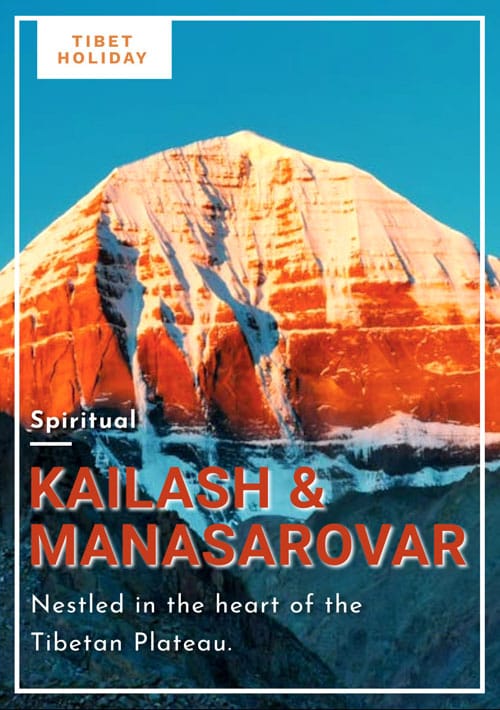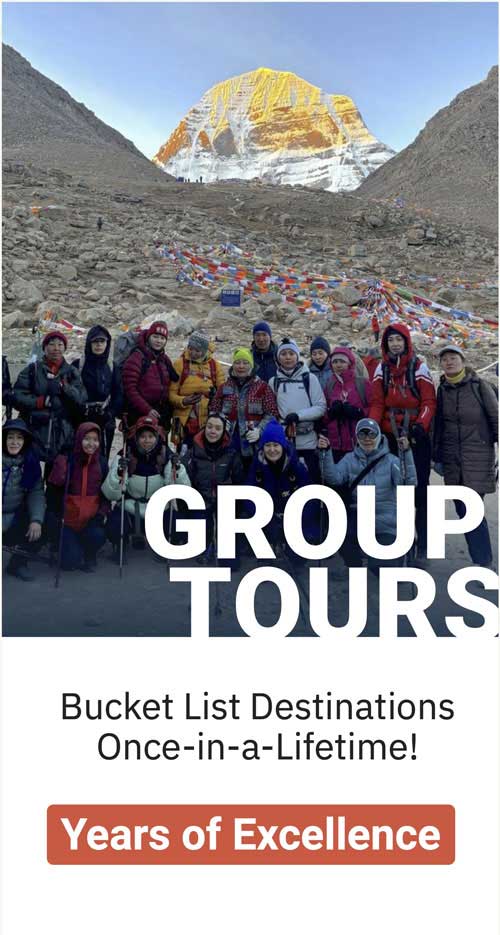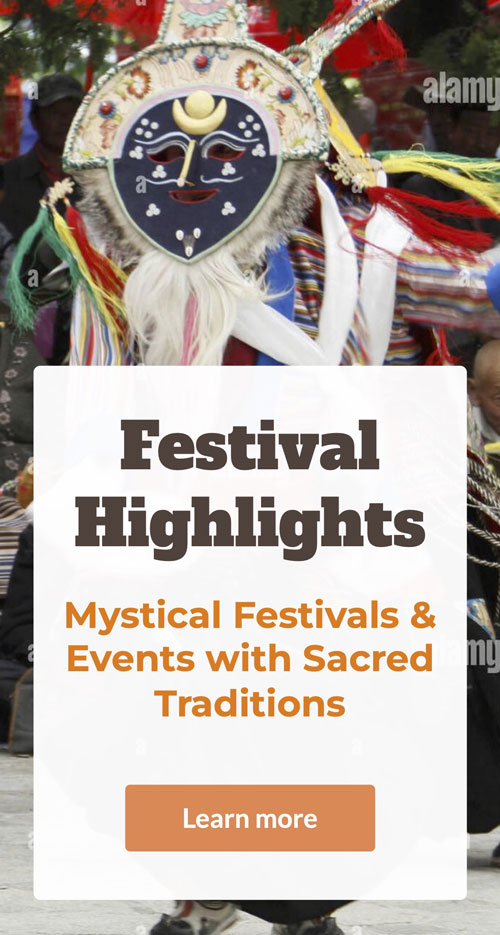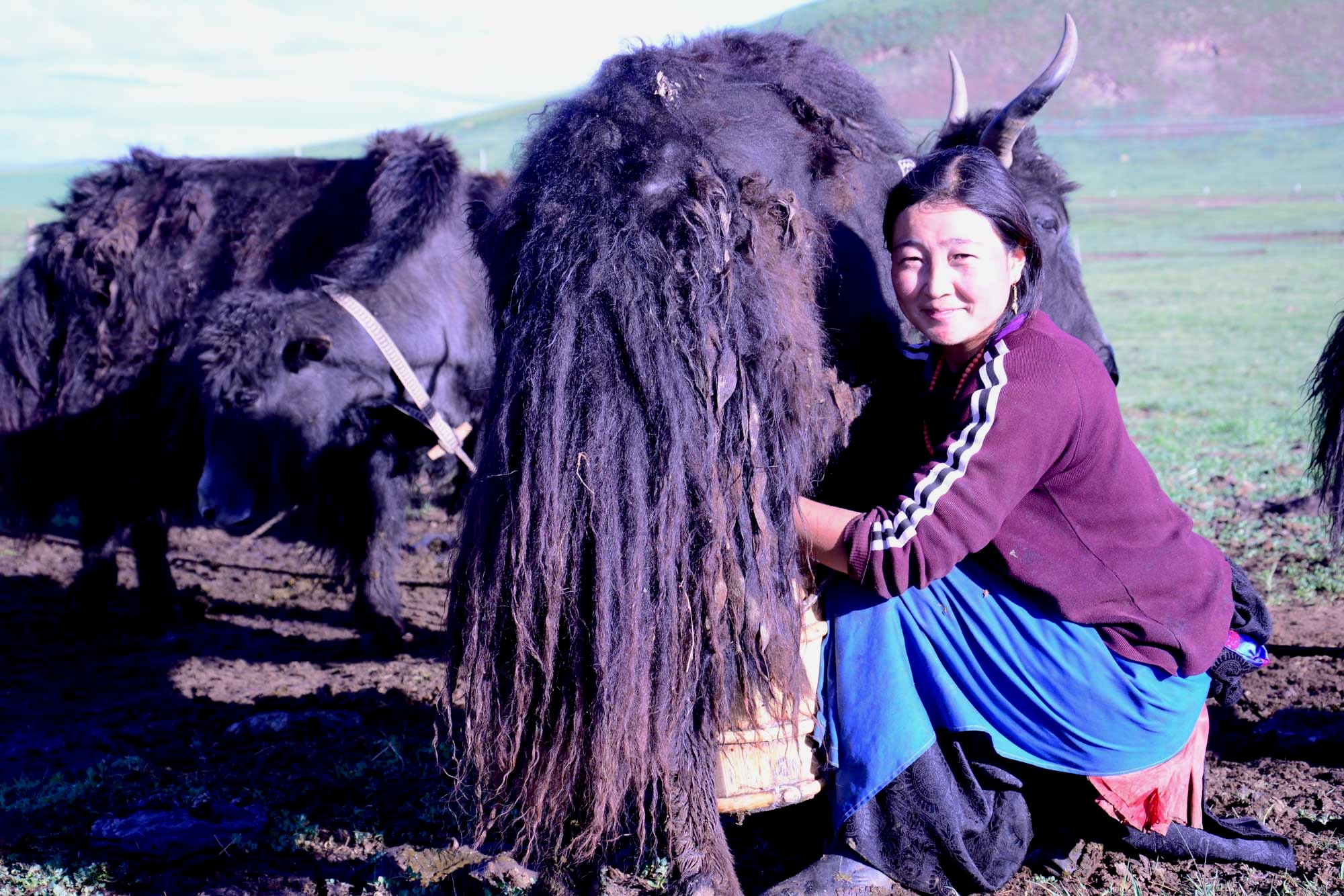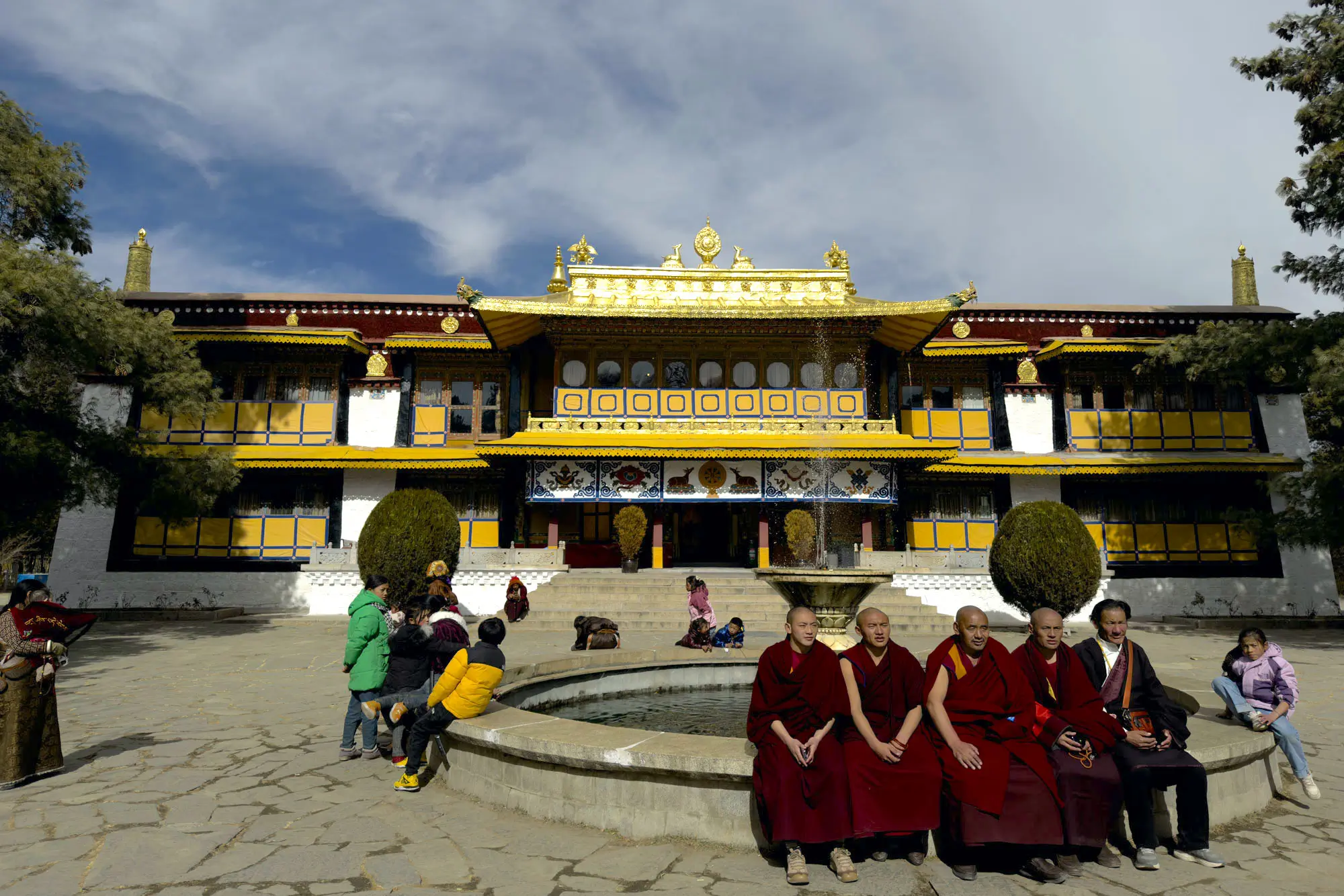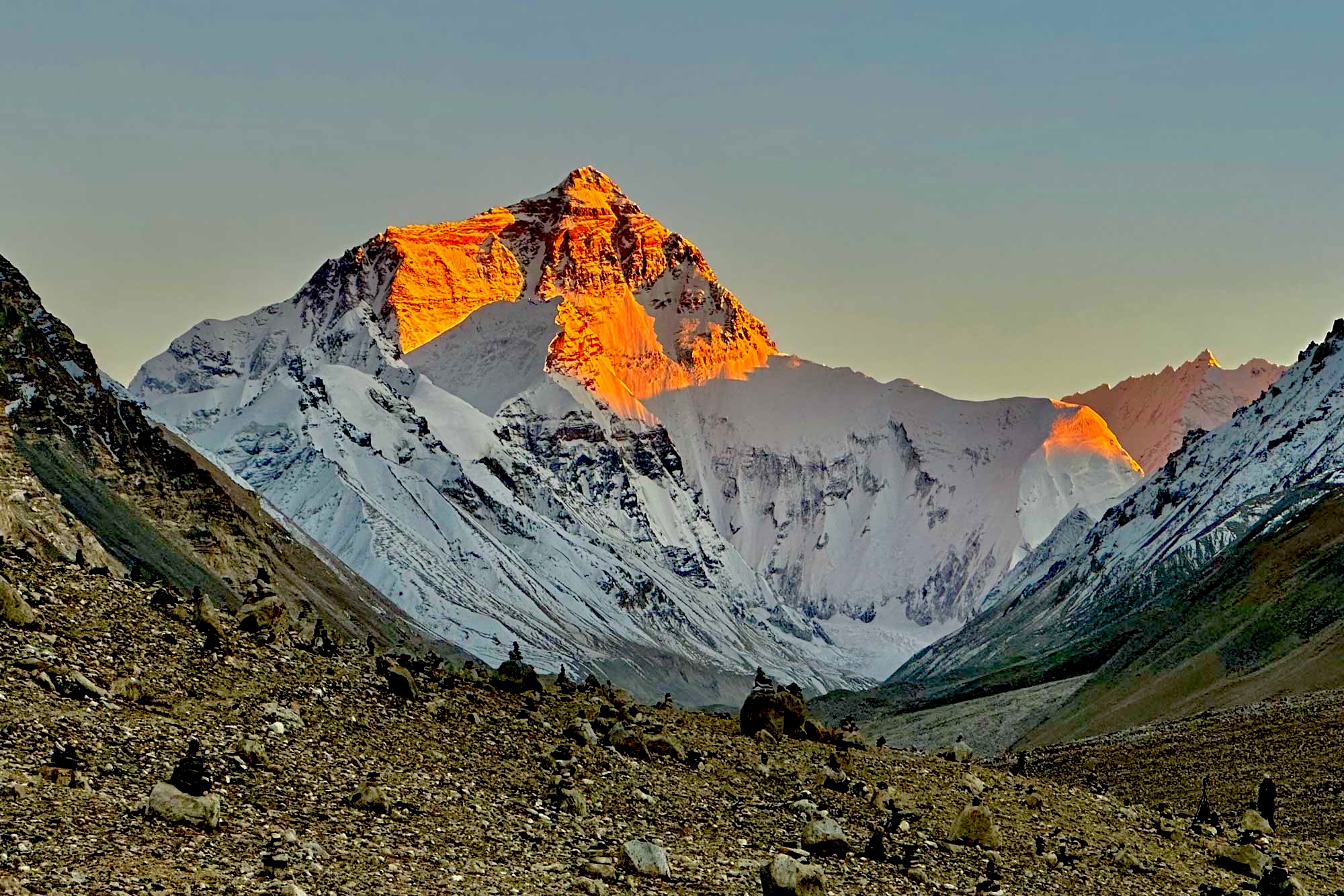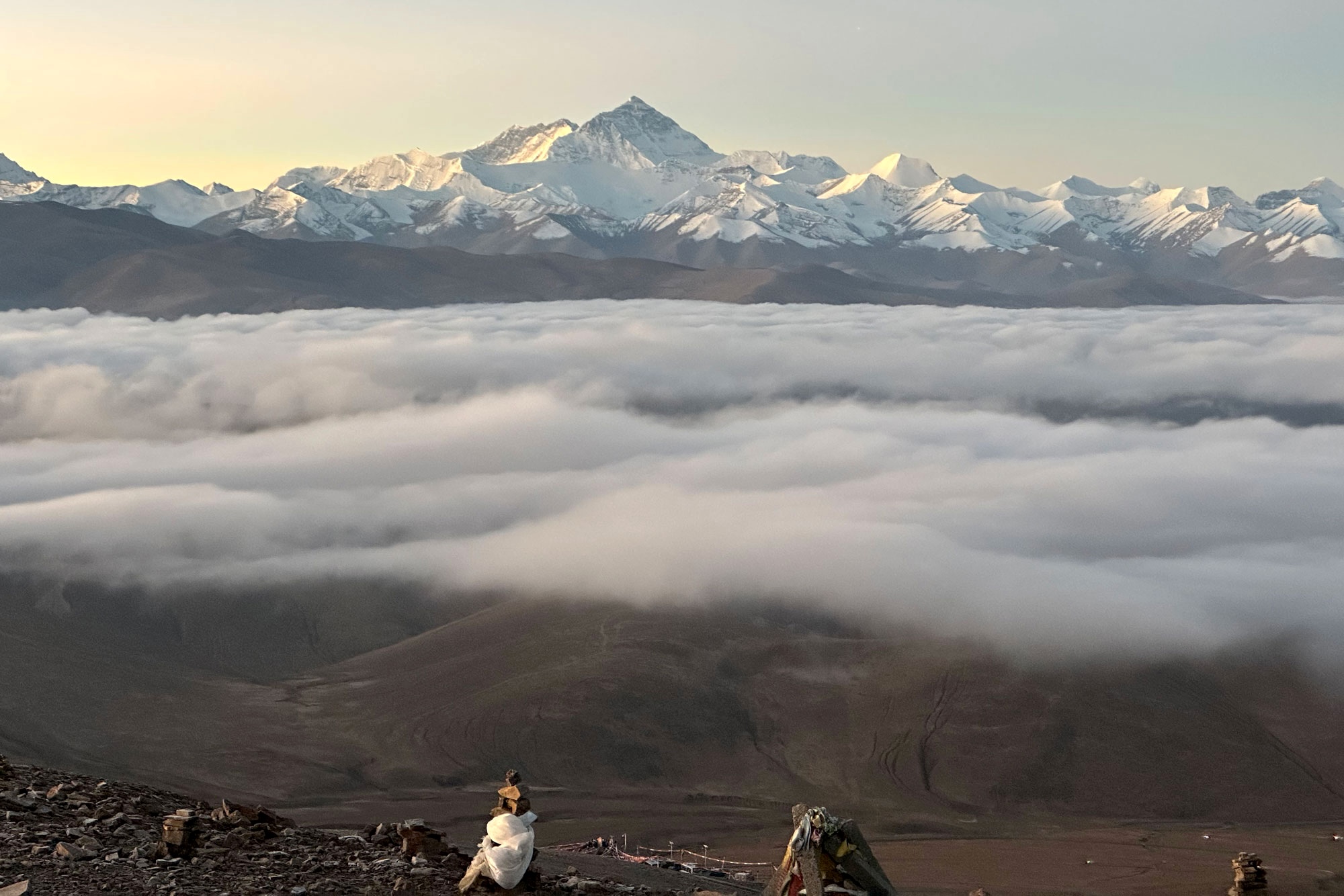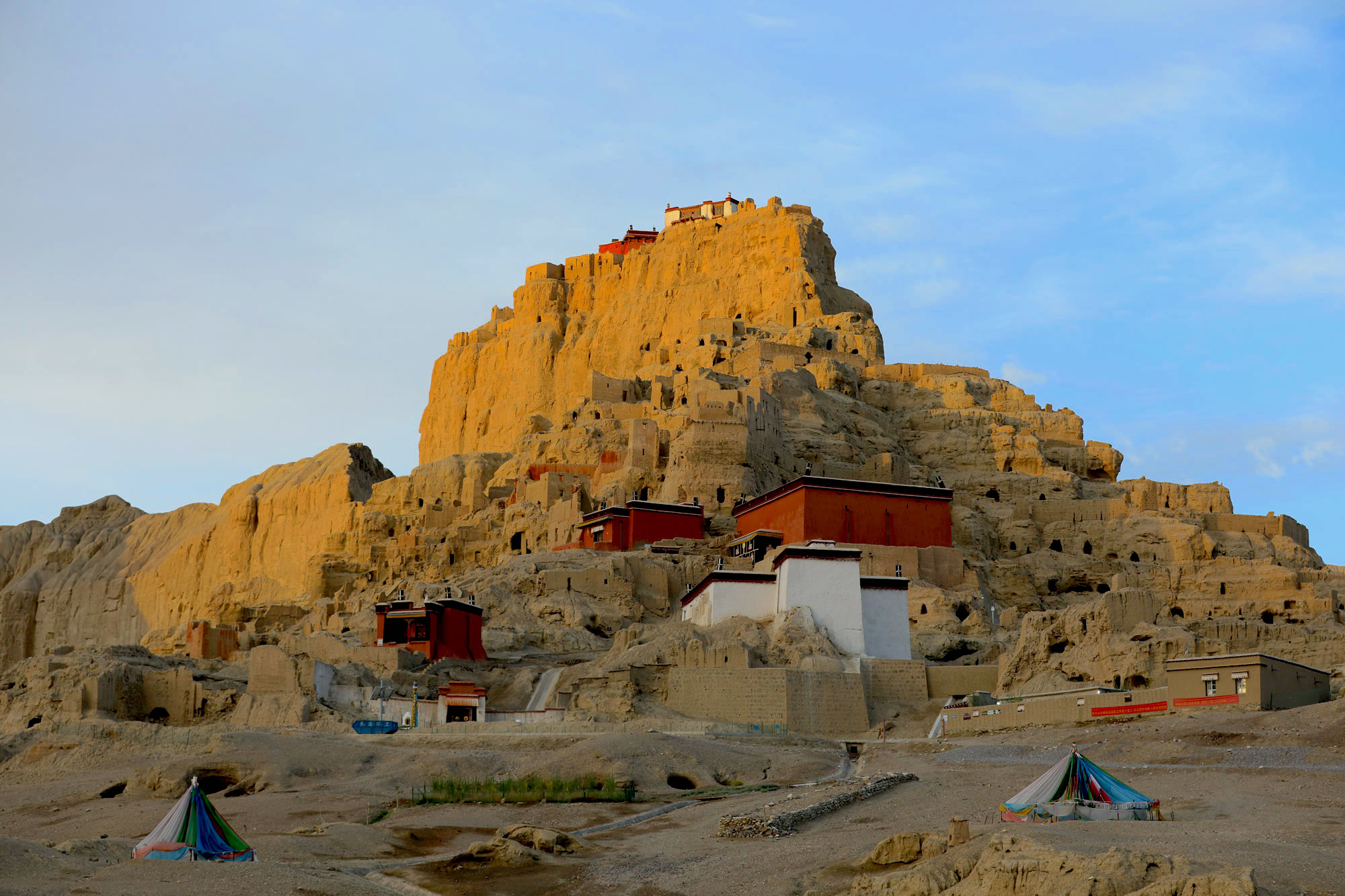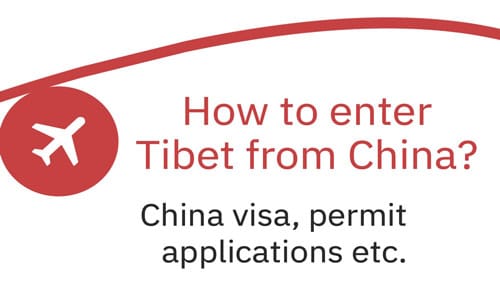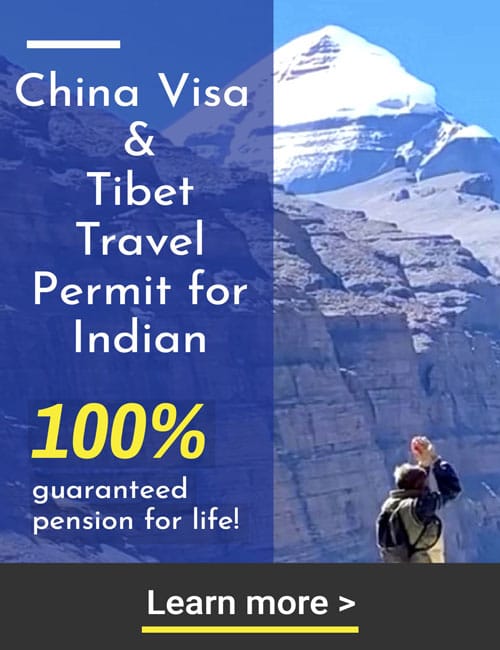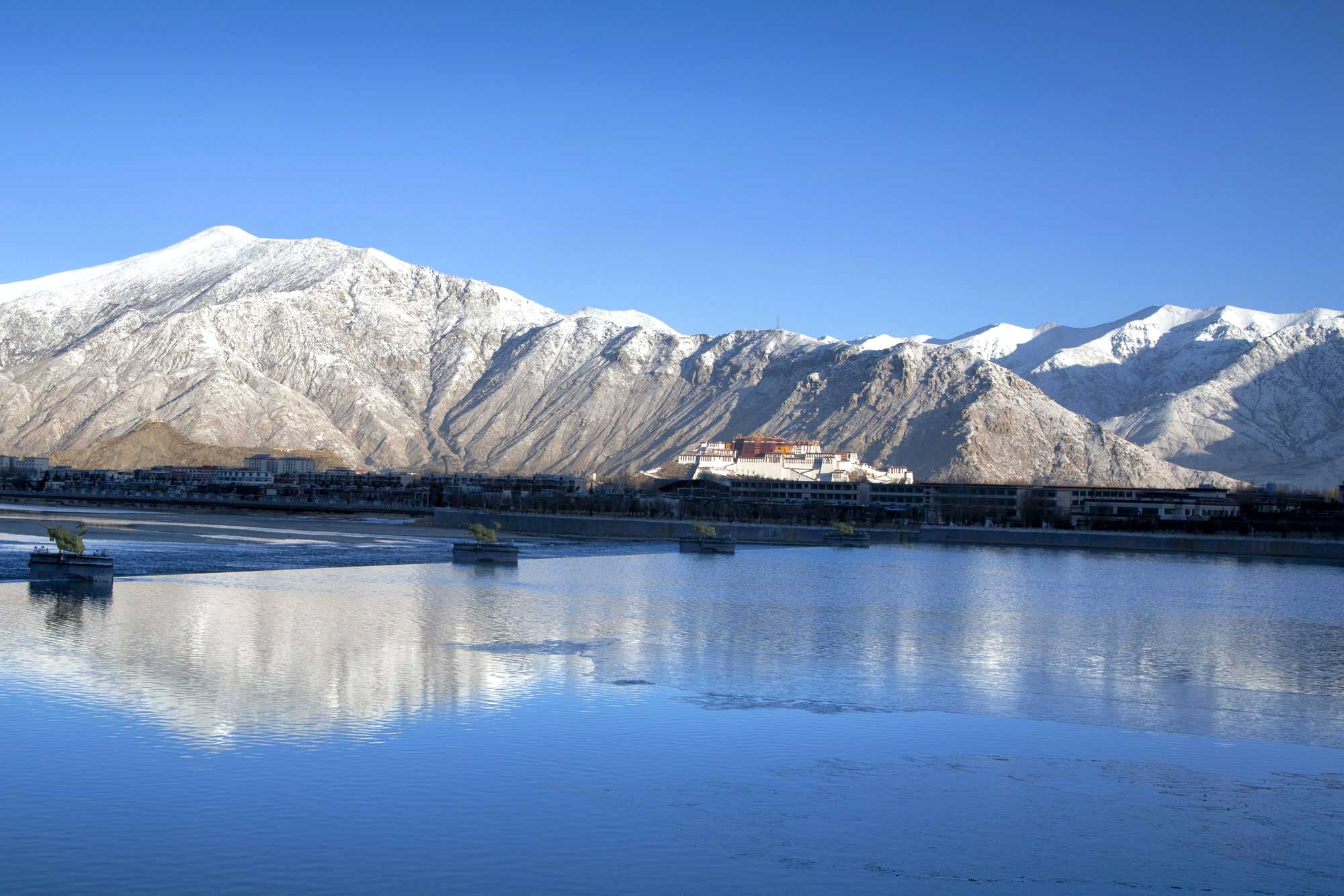
Tibet, often referred to as “The Roof of the World,” is a dream destination for many travelers. With its stunning landscapes, rich cultural heritage, and spiritual significance, Tibet draws adventurers, spiritual seekers, and nature enthusiasts from around the globe. However, one of the main challenges when planning a trip to Tibet is the perception that it is an expensive destination. The good news is that it is entirely possible to enjoy an unforgettable experience in Tibet without breaking the bank. With the right planning and understanding of key factors that influence the cost, you can easily embark on an affordable adventure. Here is a detailed guide on how to plan budget Tibet tours.
1. Understand the Key Costs Involved in a Tibet Tour
Before diving into how to reduce costs, it is important to first understand the major components that make up the cost of a Tibet overland tour. These typically include:
Guided Tours and Local Activities: While not mandatory, hiring a local tour guide enhances your experience and ensures you don’t miss any key sights. However, private guides can be expensive, so group tours are a great way to save money.
Permit and Travel Documents: Foreign nationals are required to obtain a Tibet Travel Permit (TTP) to enter Tibet. This permit is typically arranged through a tour operator and is a significant part of the cost. Additionally, for certain regions within Tibet, such as Mount Everest or Ngari, additional permits might be needed.
Flight or Train to Lhasa: The cost of getting to Tibet can vary greatly depending on how you choose to travel. Flights to Lhasa, Tibet’s capital, are often the quickest option, but they can also be pricey. Alternatively, taking a train from other parts of China offers a scenic and less expensive route.
Accommodation: Tibet offers a wide range of accommodation options, from budget hostels to luxury hotels. The cost of staying in Lhasa or other major cities tends to be more affordable compared to remote regions.
Transportation within Tibet: Depending on your itinerary, you may need to hire a private vehicle or join a group tour. Transportation costs can quickly add up, particularly for more remote regions.
2. Choose the Best Time to Visit Tibet
The time of year you choose to travel can greatly affect the cost of your trip. Tibet has a high-altitude plateau climate, with very cold winters and mild summers. The peak travel season is during the summer months (June to August), when the weather is more pleasant for trekking and outdoor activities.
- Low Season: To save money, consider visiting Tibet during the off-season (November to March). During these months, the weather can be cold, especially in higher altitudes, but prices for flights, accommodations, and guided tours are significantly lower. Plus, fewer tourists mean a more peaceful experience.
- Shoulder Season: Spring (April to May) and autumn (September to October) are also great and best times to visit Tibet, as they offer milder weather conditions and more reasonable prices. The shoulder seasons can also provide a balance of good weather and affordability.
3. Plan Your Tibet Tour with a Group
While private tours offer flexibility, they are often more expensive. For budget-conscious travelers, joining a group tour is one of the most effective ways to cut down on costs. Group tours typically include shared transportation, a guide, and a set itinerary, which spreads the costs across multiple travelers. In addition, a group tour can help you meet like-minded individuals who share your interest in exploring Tibet. Join Saga Dawa Festival Tour 2025 to experience the most vibrant festivals in Tibet for budget Tibet tour.
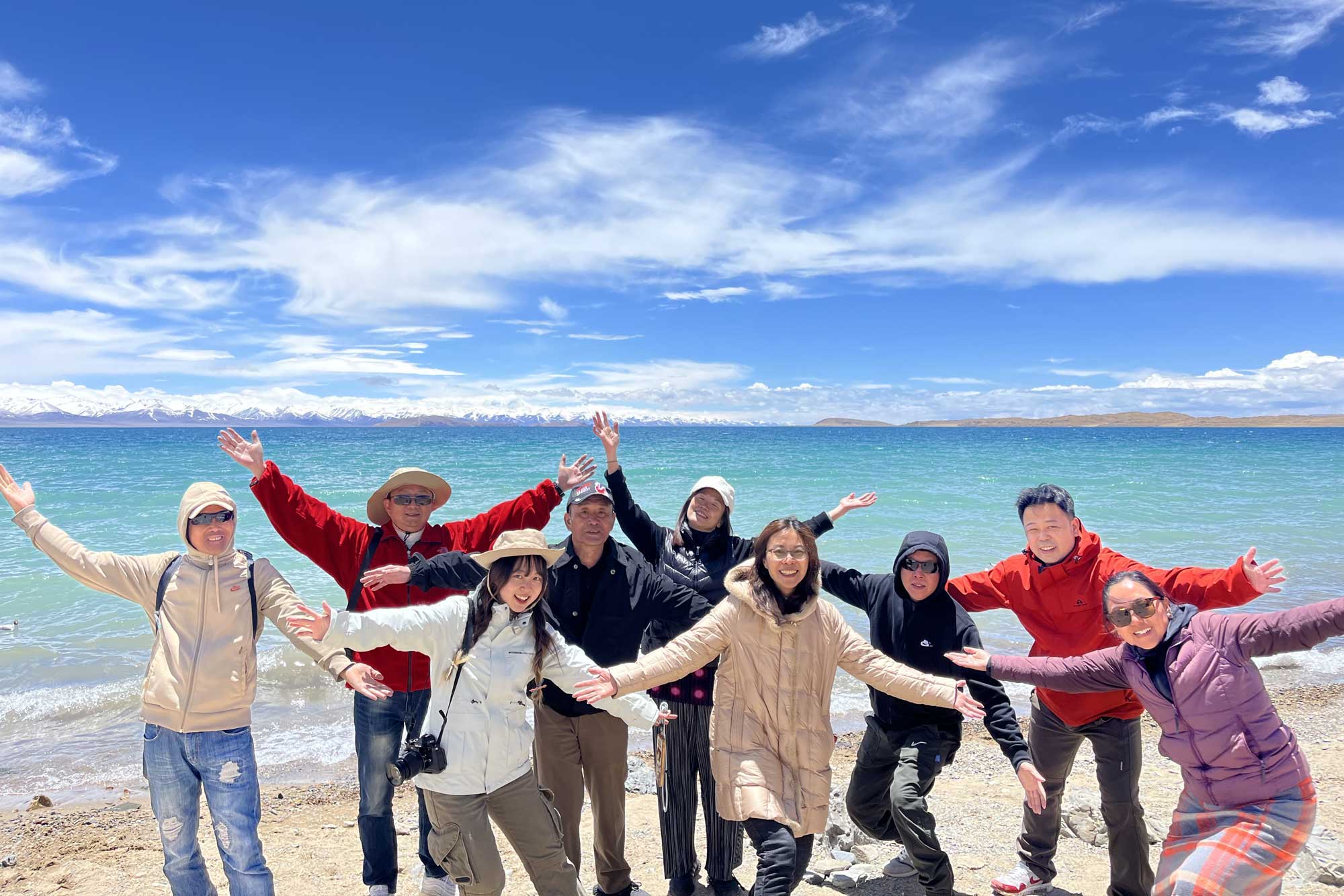
- Group tours can include:
- Shared transportation (bus or minivan)
- A guide who can offer valuable insights into Tibetan culture and history
- A set itinerary with visits to popular destinations like Potala Palace, Jokhang Temple, and Yamdrok Lake
- Economical, pre-arranged meals
Choosing a reputable tour operator that specializes in budget Tibet tours is essential. Many tour agencies offer group travel packages that focus on keeping costs low while still delivering a rich experience.
4. Save on Transportation Costs
Transportation within Tibet can be one of the more expensive elements of your tour, especially if you plan to visit remote locations or multiple regions. However, there are ways to minimize these costs.
- Train Travel: One of the most cost-effective ways to get to Tibet is by taking the Qinghai-Tibet Railway. It’s the world’s highest railway and offers breathtaking views of the Tibetan Plateau. The train ride is cheaper than flying and allows you to gradually adjust to the altitude, which can be important for acclimatization.
- Bus and Shared Transportation: Once in Tibet, many group tours will include shared transportation for sightseeing, making it more affordable than hiring a private vehicle. If you are traveling independently, public buses can be a cheap alternative for short-distance travel, but keep in mind that routes might be limited outside of major cities like Lhasa.
- Minimize Internal Flights: Internal flights in Tibet can be expensive, particularly if you are traveling to far-flung locations like Mount Everest or Nyingchi. To save money, consider visiting more accessible destinations like Lhasa, Shigatse, or Gyantse, which are well-connected by road.
5. Opt for Budget Accommodation
While there are some luxury hotels in Lhasa, budget accommodation options are available throughout Tibet. You can find basic guesthouses and hostels that offer comfortable stays at affordable prices. Some budget accommodations may even provide dormitory-style rooms, which are perfect for solo travelers or those on a tight budget.
- Lhasa: As the capital, Lhasa has a wide variety of budget options, including hostels, guesthouses, and budget hotels. Many of these are conveniently located near major attractions, such as the Potala Palace and Jokhang Temple.
- Trekking Areas: If you’re planning to trek in regions like Everest Base Camp or the Tibetan Plateau, there are simple guesthouses or Tibetan-owned lodges where you can stay. These are basic but provide an authentic experience at a low cost.
- Consider Homestays: In more remote areas, staying with a local Tibetan family in a homestay can be a cost-effective option. Not only does this offer a unique cultural exchange, but it also helps to support local communities.
6. Eat Like a Local
Food in Tibet can be relatively inexpensive if you stick to local eateries. Tibetan cuisine is hearty and flavorful, often consisting of dishes such as momos (dumplings), thukpa (noodle soup), and tsampa (barley flour). Eating at local restaurants or street vendors rather than international or high-end restaurants will help you save money.
- Traditional Tibetan Meals: Most local restaurants offer set meals that are filling and affordable. In major cities like Lhasa, you can find numerous budget-friendly eateries offering traditional Tibetan dishes, as well as Chinese food.
- Avoid Tourist Traps: While it might be tempting to dine at upscale tourist spots near major attractions, these places often charge higher prices. Instead, ask locals for recommendations on where to eat, or simply explore back alleys and side streets for hidden gems.
7. Be Mindful of Extra Costs
There are a few additional costs that you should be aware of while planning your budget Tibet tour.
- Tipping: While tipping is not mandatory in Tibet, it is appreciated. In group tours, a small tip for your guide and driver is customary. Be prepared to budget for these small but important extras.
- Shopping: Souvenir shopping can quickly inflate your budget. While Tibet is known for its unique handicrafts, such as Tibetan jewelry, thangkas, and prayer wheels, it’s important to budget for these purchases carefully. Set a spending limit to avoid overspending on souvenirs.
- Acclimatization: Tibet’s high altitude can lead to altitude sickness for some travelers, particularly in Lhasa (3,650 meters). To avoid any additional medical expenses, take time to acclimatize properly by resting and drinking plenty of water. In some cases, you might need to consider staying longer at lower altitudes, which could increase your accommodation costs.
8. Book in Advance for Better Deals
One of the best ways to save money on a budget tour to Tibet is by booking your trip well in advance. Tibet’s travel infrastructure is limited, and permits often need to be arranged through an authorized agency. By booking your tours, flights, and accommodations ahead of time, you ensure you get the best prices.
Additionally, booking with a reputable tour operator specializing to visit Tibet on a budget can help you avoid overpaying. These agencies often offer discounted rates, group tours, and other cost-saving packages.
Conclusion
Traveling to Tibet on a budget is entirely feasible with the right planning. By understanding the major costs, booking in advance, opting for group tours, and making thoughtful choices about where to stay, eat, and travel, you can experience Tibet’s breathtaking beauty and spiritual allure without spending a fortune. Whether you’re visiting the Potala Palace, hiking near Mount Everest, or exploring Tibetan monasteries, a budget Tibet tour offers the opportunity to immerse yourself in this unique region without compromising on quality. The key is to plan ahead, prioritize what matters most to you, and embrace the adventure with an open mind and a flexible approach.


